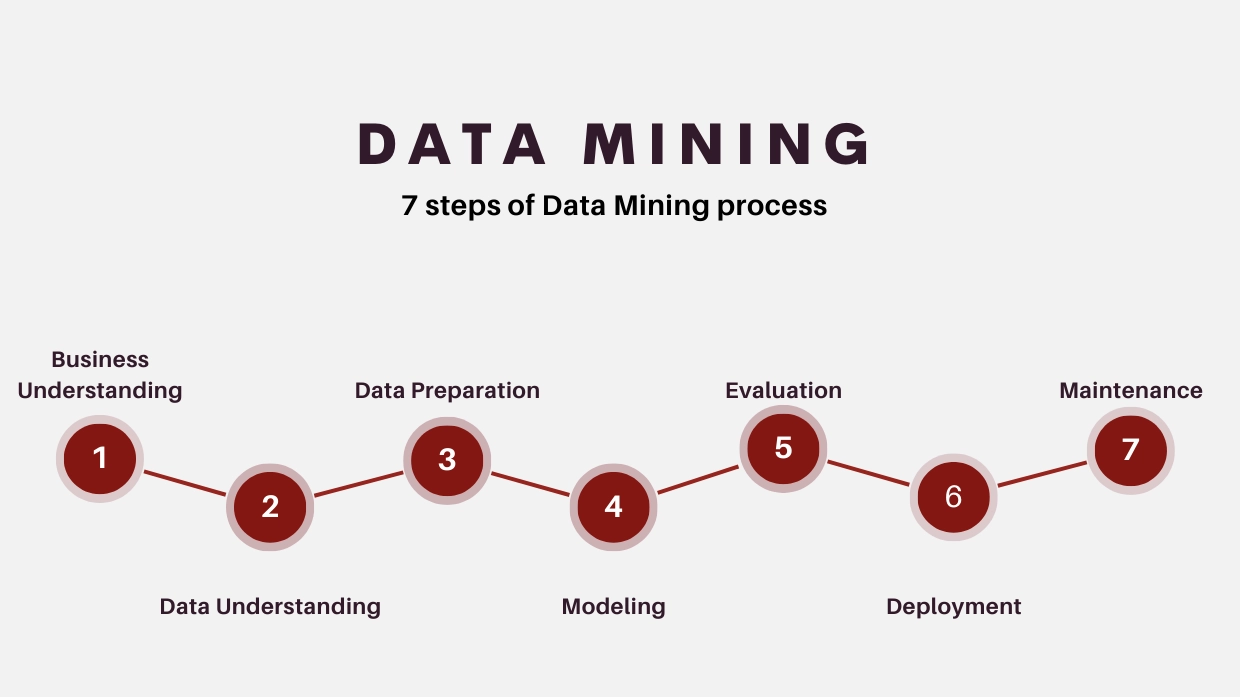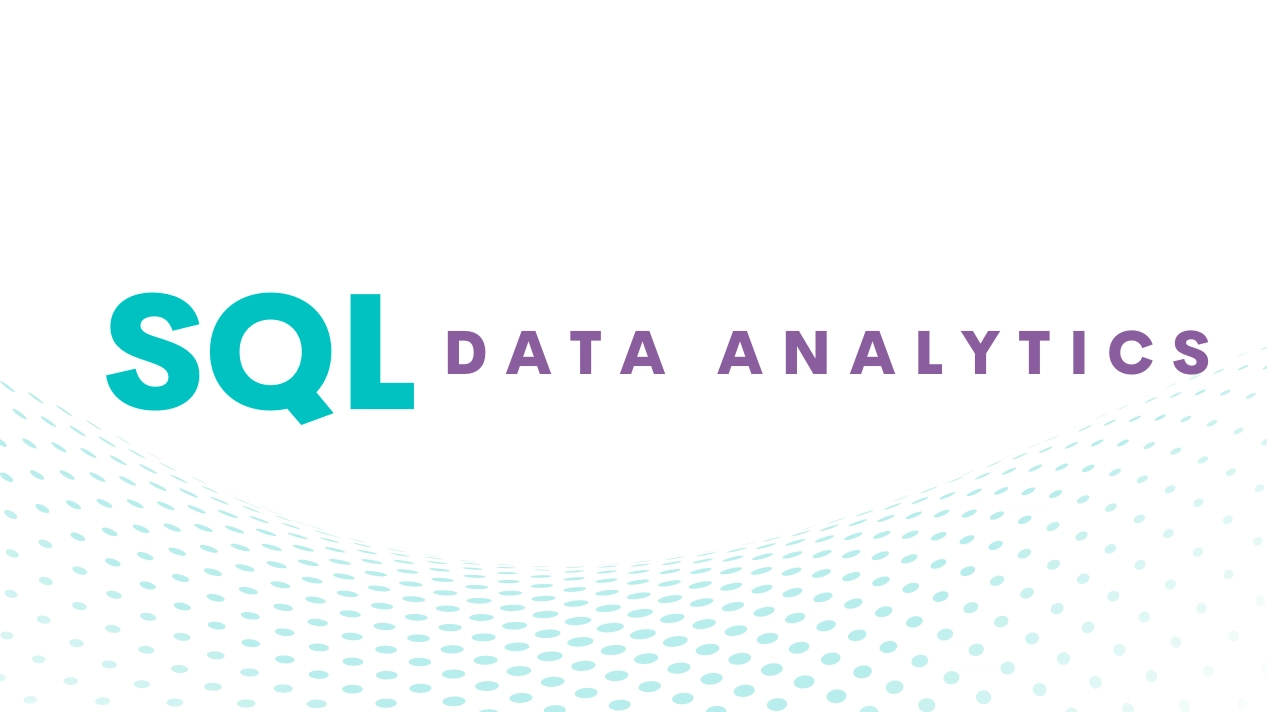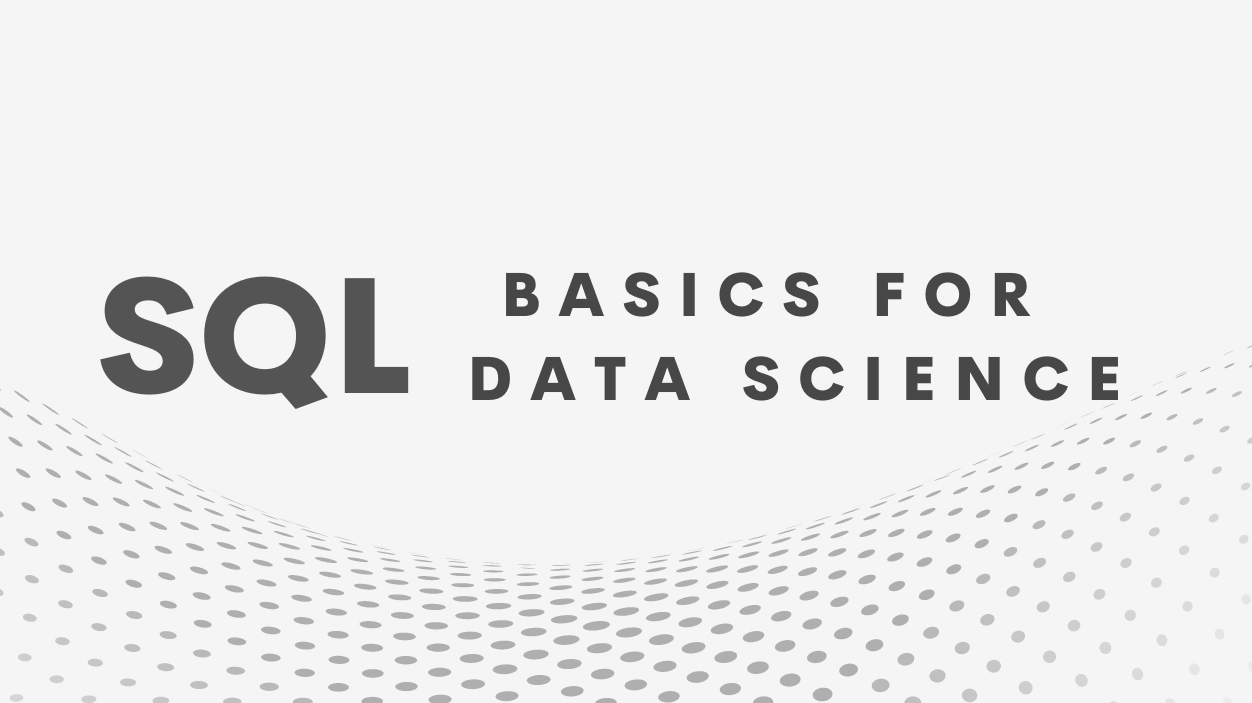
What Are The 7 Steps Of Data Mining? 2-May-23
-
Data mining is the process of discovering useful patterns and insights in large sets of data. It is an important part of modern business, as companies rely on data mining to make informed decisions and gain competitive advantages. Data mining can be used in many fields, including marketing, finance, healthcare, and more. In this blog, we will discuss the seven steps of data mining.
Business understanding: The first step in data mining is to understand the business problem that needs to be solved. This involves identifying the objectives and requirements of the data mining project, as well as determining how the results of the project will be used. The business understanding phase helps to establish a clear understanding of the goals of the project and how data mining can help achieve those goals.
Data understanding: Once the business problem has been defined, the next step is to gather and understand the data. This includes identifying the sources of the data, the types of data available, and any potential issues or biases in the data. The data understanding phase helps to ensure that the data is accurate, relevant, and suitable for the data mining project.
Data preparation: After the data has been gathered and understood, the next step is to prepare the data for analysis. This involves cleaning, transforming, and integrating the data to ensure that it is in a usable format. The data preparation phase is crucial, as it ensures that the data is ready for analysis and that any errors or inconsistencies have been corrected.
Modeling: The modeling phase involves selecting and applying a data mining technique to the prepared data. This can involve using machine learning algorithms or other statistical techniques to identify patterns and relationships in the data. The modeling phase is the heart of data mining, as it involves analyzing the data to identify useful insights and trends.
Evaluation: Once the modeling phase is complete, the next step is to evaluate the results. This involves assessing the effectiveness of the model and determining whether it has achieved the desired outcomes. The evaluation phase helps to ensure that the data mining project is meeting its objectives and that the results are accurate and useful.
Deployment: After the model has been evaluated and refined, the next step is to deploy it. This involves integrating the model into the business processes and systems, and ensuring that it is being used effectively. The deployment phase is crucial, as it ensures that the insights gained from the data mining project are being used to improve the business.
Maintenance: The final step in data mining is maintenance. This involves monitoring the model and updating it as necessary to ensure that it continues to provide useful insights. The maintenance phase helps to ensure that the data mining project remains effective over time and that the insights gained continue to be valuable to the business.
In conclusion, the seven steps of data mining are business understanding, data understanding, data preparation, modeling, evaluation, deployment, and maintenance. Each of these steps is important to ensure that the data mining project is successful and provides valuable insights for the business. By enrolling to Master's Program In Data Science And AI in Cognitec you can flourish yourself in the field of Data Science .




